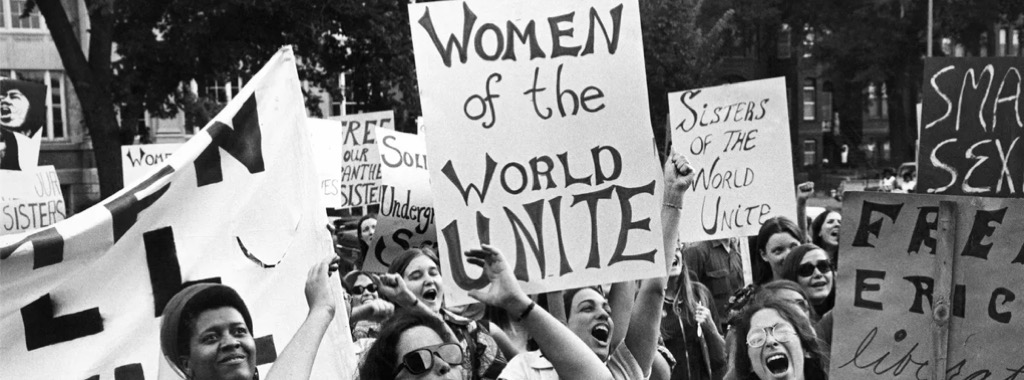Fourth Wave Feminism & Beyond: Why Traditional Depictions of Femininity Are Being Rejected

This article is part of our series on The Future of Femininity. You can view the full series or download the report.
Download ReportThe persistent pressure of feminism has changed both perceptions and the realities of Womanhood hugely over the last 150 years. More recently the #MeToo movement has further challenged many of our fundamental assumptions about what it means to be a woman. As a result, definitions and depictions of femininity are more political today than ever before.
Feminists have spent the last century working hard to challenge everything from the status of women in society to the often reductionist and patronising portrayal of women in advertising.
Fundamentally, feminism and female identity have become increasingly intertwined. Hence, with the launch of our latest human insight report, we have condensed a short history of feminism into an easy guide to bring you up to speed.

First wave 1848 – 1920
Although the phrase was not coined until 1968, feminism was stirring as far back as the 1850s. First wave feminists, the suffragettes, argued that women were treated as second-class citizens and fought for political equality in the form of votes for women.
Motive: Emancipation
Goals: Female emancipation, Political equality, Woman’s suffrage

Second wave 1963 – 1980
The second wave built on this by fighting for social equality. The key tenet was the ‘personal is the political’ and that the traditionally perceived feminine traits, ‘emotional labour’ should be as valuable as traditionally perceived male traits to society.
Motive: Equality
Goals: Social equality, Reproductive rights, Status in the Workplace

Third Wave 1991 – 2012
During the 1980s and early 1990s, third wave feminists were seeking to escape societal constraints by pulling focus on gender and calling attention to the issues of female objectification. This wave of feminists challenged the policing of women’s bodies and their sexuality.
Motive: Escape conventions
Goals: Education on gender, Greater representation, Challenge Conventions

Fourth Wave Present day
In 2019, fourth wave feminists are seeking true empowerment which means celebrating diversity, make sure everyone is heard and given the opportunities they deserve to succeed in the world.
Goals: Empowerment
Goals: 360° empowerment, Inclusivity, awareness (#metoo)
Why should brands care? Beyond the moral imperative, the speed and power of fourth wave feminism is a social change brands can’t ignore. Catalysed by the internet, immersed in online communities and the rapid spread of information through social media, fourth wave feminism has given a powerful, collective voice to the women (and men) standing up for what they believe in. They bring concerted and active energy to calling to account lazy and stereotypical portrayals of gender. The impact on brands who fail to recognise this can be severe. (see the 2015 backlash against protein world or more recently Boden slammed for falling into stereotypes).
While it may be tempting for marketers to tap into such political energy, it is tricky terrain.
Social media has given rise to ‘call out’ culture and perceived tokenism or band-wagoning can easily backfire.
Brands wishing to associate with femininity in a meaningful and purposeful way must first understand the aspirations and goals of the women it is wishing to connect with.
Our latest identity report “What Women Want: How to appeal to women in a #MeToo era” delivers evidence-based thinking to decode the future of aspirational femininity and helps guide marketers in both appealing to and empowering women moving forward. Download your copy now and get in touch to find out how Brand Genetics can help your brand grow.



